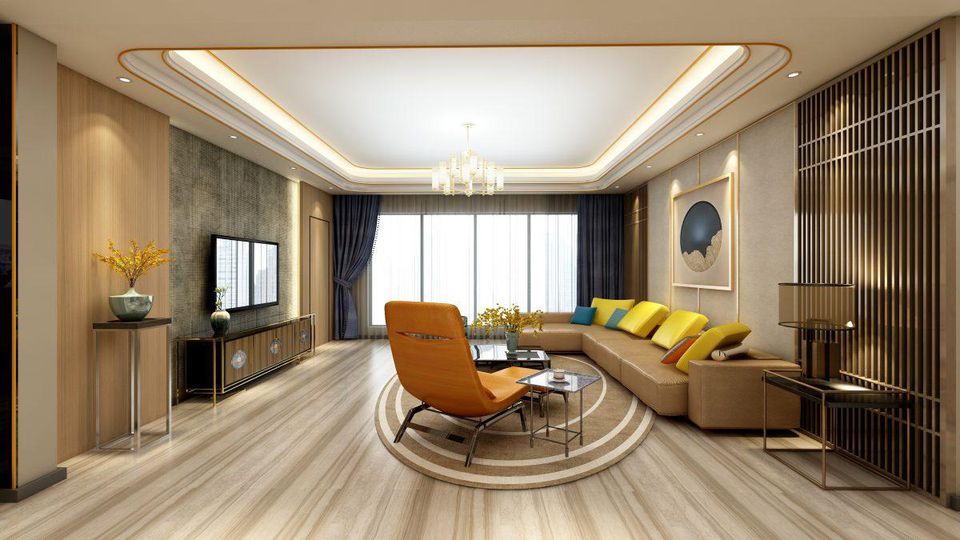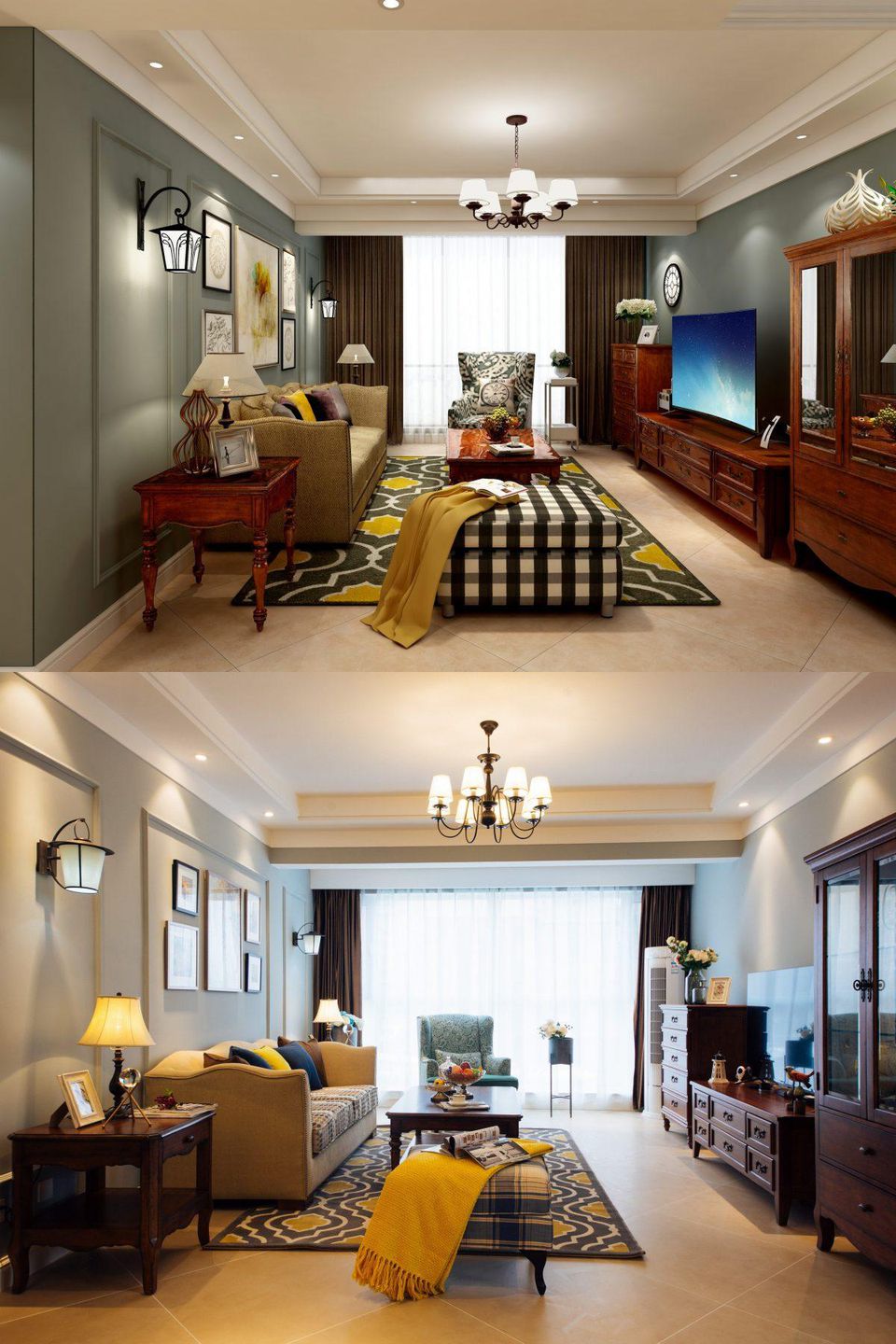This 3D Design App is used by millions of China's house builders, and plans to go global
Source:forbes
This model is still being worked on, and it’s still growing.

A photo-realistic software rendering using Kujiale's software
China’s rapidly growing middle class–and their willingness to spend–in recent years has notoriously driven up property prices in major cities around the world. But back home, the Chinese’s desire to buy homes requires a different approach. While in Los Angeles or Hong Kong, China, mainland buyers can walk into a property agency and buy a house with cash, there simply aren't enough houses in the mainland for buyers to make such an immediate purchase.
Instead, some who wish to own larger properties in China–a house, instead of an apartment in a high rise–have to purchase the land first and then build their own, and they’re doing so in droves: the Chinese are building more houses from the ground up more than any other country, and China will soon have more houses than it has people.
Chen Hang noticed the trend nearly seven years ago. In 2011, he was working in the U.S. as a software engineer for Microsoft when he realized that since so many Chinese citizens are building houses back home, they’ll need interior design and planning on a scale not seen anywhere else.
“In America, people usually buy a home that’s already finished, and at most they have to buy new furniture,” Chen, now 32, says. “But in China, people are buying land and then building the house. Or they’ve just purchased a shell of a house and have to decide what type of material to use and where to build each room.”
Chen returned to the U.S. and founded a new company with former university classmate Victor Huang in late 2011. A few months later, the two convinced another former classmate, Hao Zhu, to move back to join the team.
Even considering the three each have a masters degrees in computer science and had already amassed tech experience working for some of the world’s biggest tech companies, their idea was still an ambitious one: a digital project on a scale never before seen in China. Within a few months, the three built a prototype software that allows users to construct and design their own homes using real-time 3D object rendering.

A screenshot of Kujiale's software in the midst of building a home
“We knew that, given the way the mobile world was trending, the software had to be usable online through a web browser, and not something users must download and install,” Chen says. “And we also knew that the 3D object rendering has to be seamless and quick, otherwise people won’t use it.”
So they spent another few months and tweaked the software some more. Chen says the team was coding almost every free hour of the day during that stretch while juggling day jobs.
A year later, in 2013, the first version of the software was finished. The three used their collective connections in China to secure funding from investors such as IDG Capital, and the site went live. The three decided to name it Kujiale, which means “cool home” in Mandarin.

A digital 3D rendering of a home and the finished product
Fast forward to today, and the Kujiale boasts nearly 70% of China’s interior design market. The company recently secured another round of funding from Pavilion Capital, IDG and Hearst Ventures, among others.
Chen says even today, with the Hangzhou-based company employing more than 600 people, he and his two partners still work long hours every day to ensure the software runs smoothly.
“We developed our own proprietary rendering technology named ExaCloud, which generates photo-realistic renderings in as little as 10 seconds,” he says. “It’s a very complicated piece of software that requires constant coding tweaks.”
Plus, the company is looking to expand outside of China. Chen says Kujiale will first hit Singapore and Southeast Asia, and then potentially the U.S. – though he concedes that “for a Chinese company to do business in the U.S. is not so easy.”
I am very far off from being able to buy my own home, but I jumped on Kujiale’s website and played around with the software directly on my Chrome web browser, and I was impressed by how easy it was for a complete novice like me to design a floor plan and then build something that resembles a house. After starting with a top-down floorplan view, I could even “explore” the house in a 360-degree 3D renderings.
A more experienced user can produce renderings that look photo-realistic, like the image below, provided by one of Kujiale’s 12 million customers.
Right now, Kujiale mostly makes money off subscriptions–users can design for free, but a fee is needed for more advanced designs–and enterprise packages. But Chen says the company has been exploring advertising and brand promotion channels of revenue, such as giving a specific home decor company’s products top billing in the list of materials.
“This model is still being worked on, and it’s still growing,” Chen says.
(Source:forbes.com)

 沪公网安备31010402003309号
沪公网安备31010402003309号



